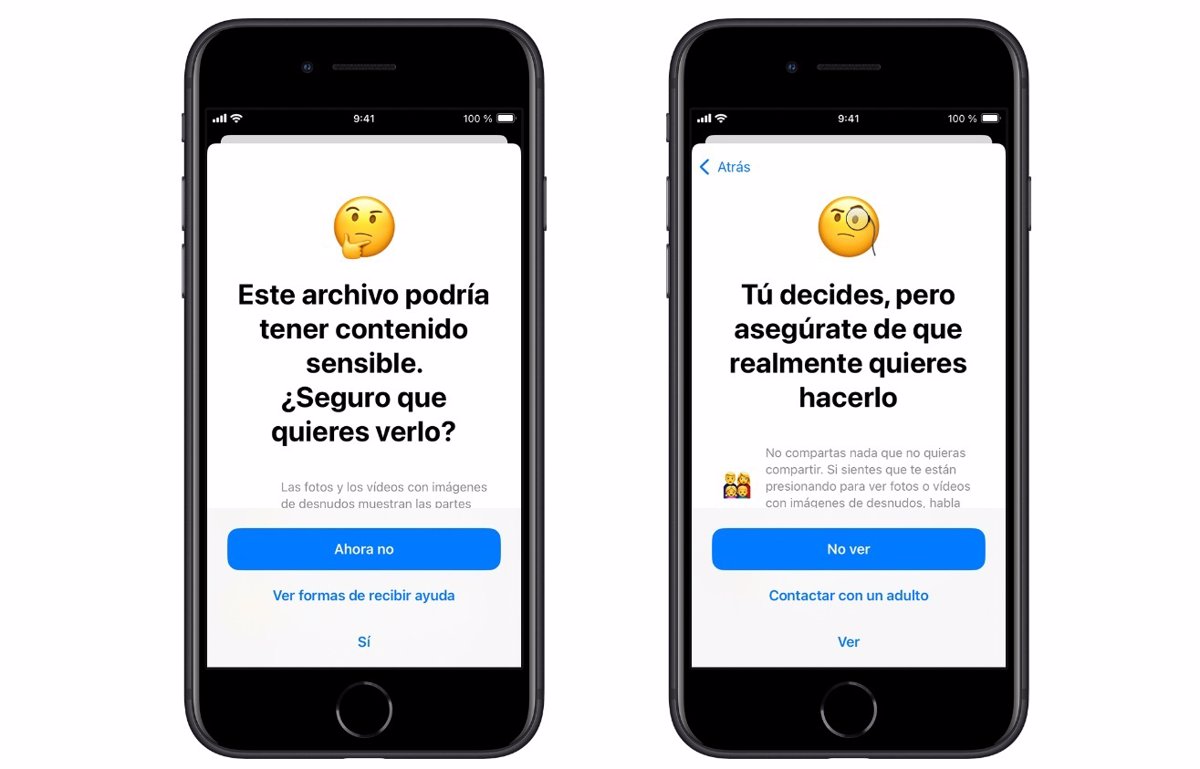Apple has expanded in the beta of iOS 18.2 the options that children and adolescents have when receiving nude videos and images, since they can also report it directly to the technology company, as part of a test that was first activated in Australia .
In 2021, Apple announced a series of functions to detect and combat the distribution of images of sexual exploitation of minors through the company’s services. One referred to iCloud storage, where images of exploitation of minors saved in the accounts could be detected and the authorities notified.
Through a second technology implemented in the Messages app, parents or guardians would receive a notification (optional) every time the child sent or received an image with explicit sexual content, something that would occur after the child received a warning in which he was informed that if he proceeded to see said image his parents would be notified.
The technology company stopped the launch of these functions, after criticism from experts and organizations, who reported that they violated the privacy of users and that they could be used as a backdoor to spy on people.
Later, Apple launched a feature called ‘Communications Safety’ in Messages, whereby the system detects a nude image, blurs it, and displays a warning and a series of resources to help minors understand the situation. and decide what to do. This protection also works with videos and in both directions, whether the minor receives the image or if he is the one trying to send it.
With the beta of iOS 18.2, the features against the distribution of images of sexual exploitation of minors are expanded, so that minors can also report if they have received the image or video of a nude. The complaint is received by Apple, which can refer it to the Police, in addition to blocking or deleting the offending account.
As reported in The Guardian, this is a novelty that will first be tested in Australia, and that sends a report directly to Apple with the reported image or video and the conversation messages exchanged before and after the multimedia content. It will also collect contact information for both parties, and even a description of what happened from the user.
